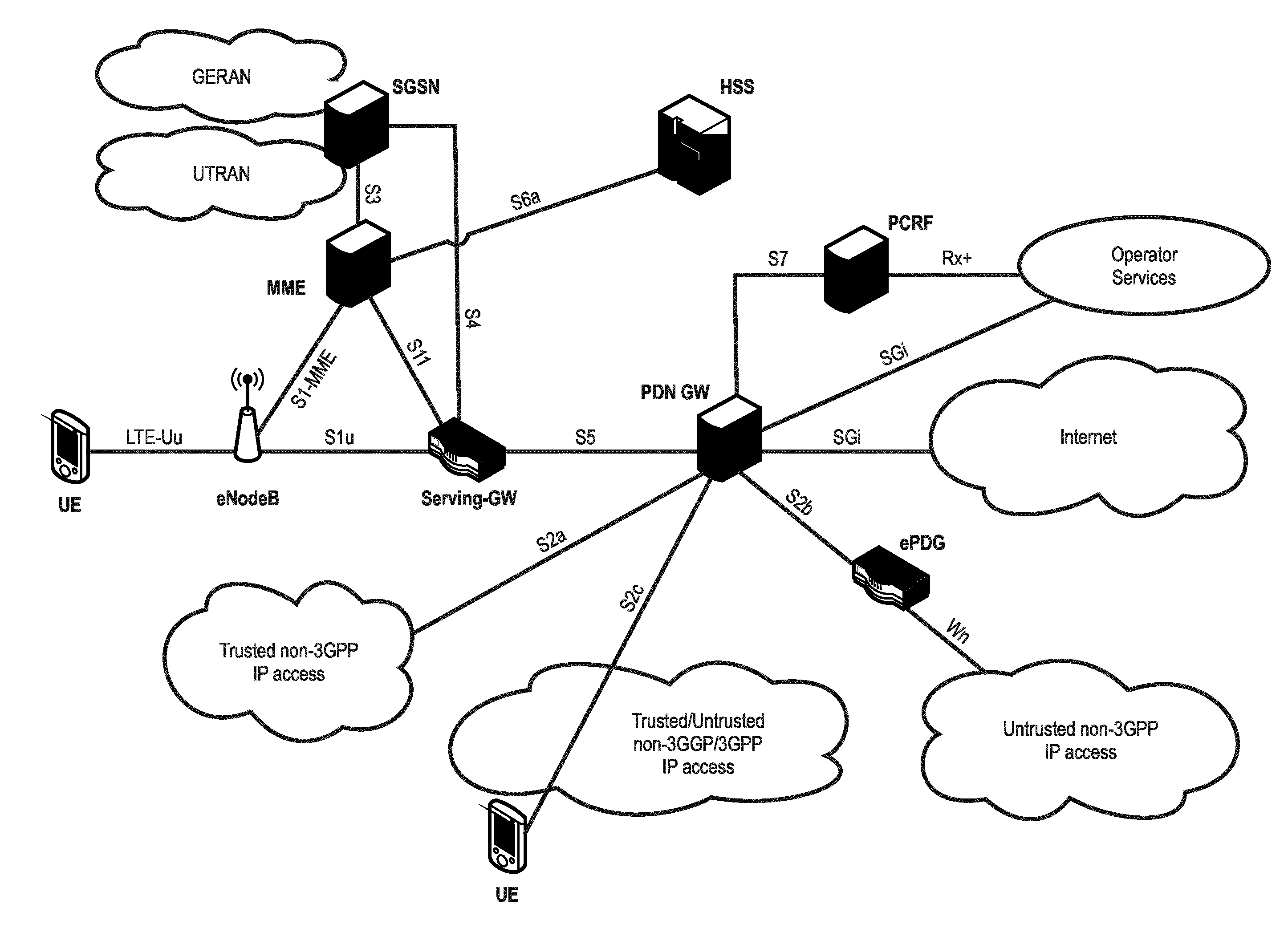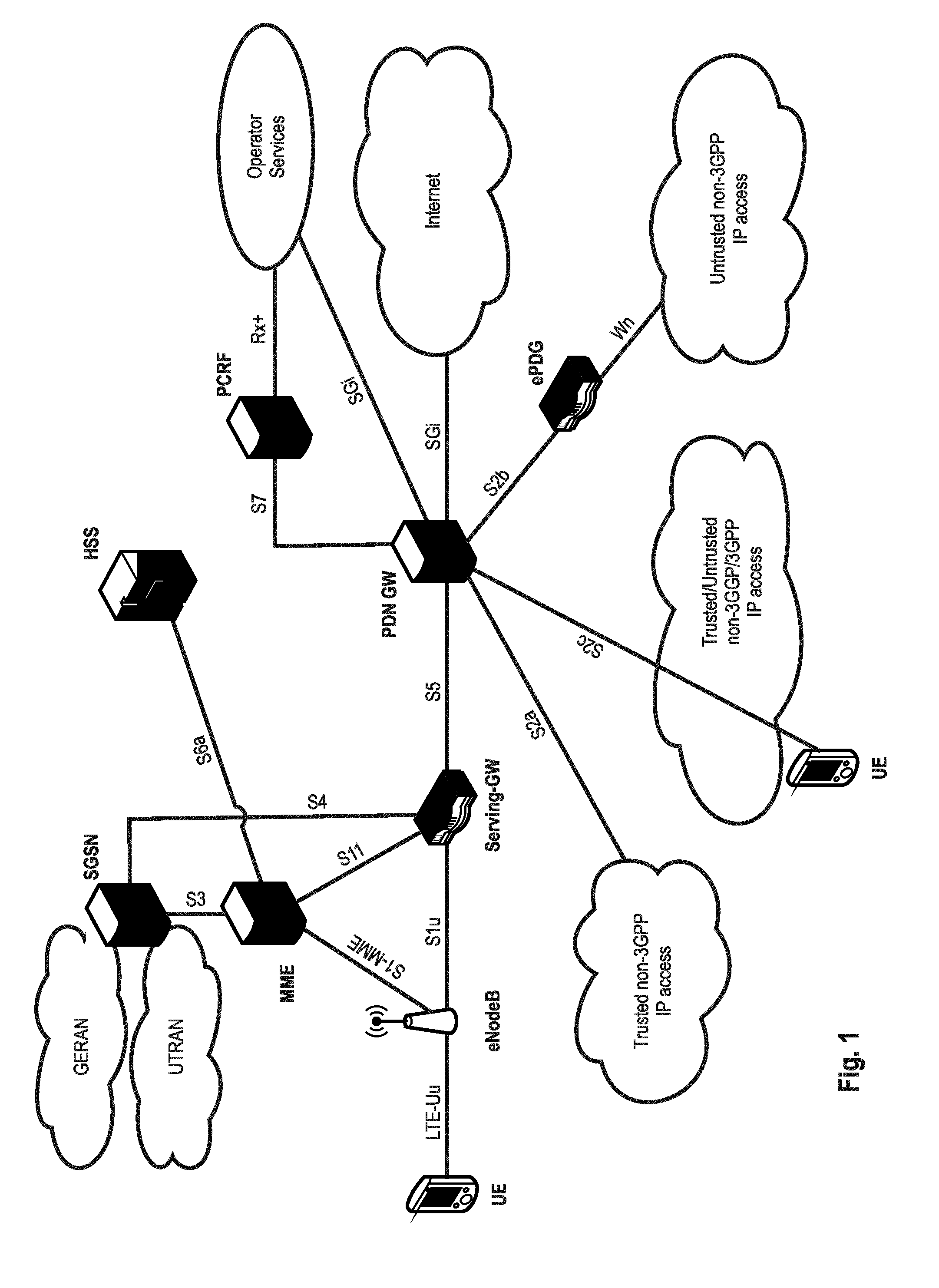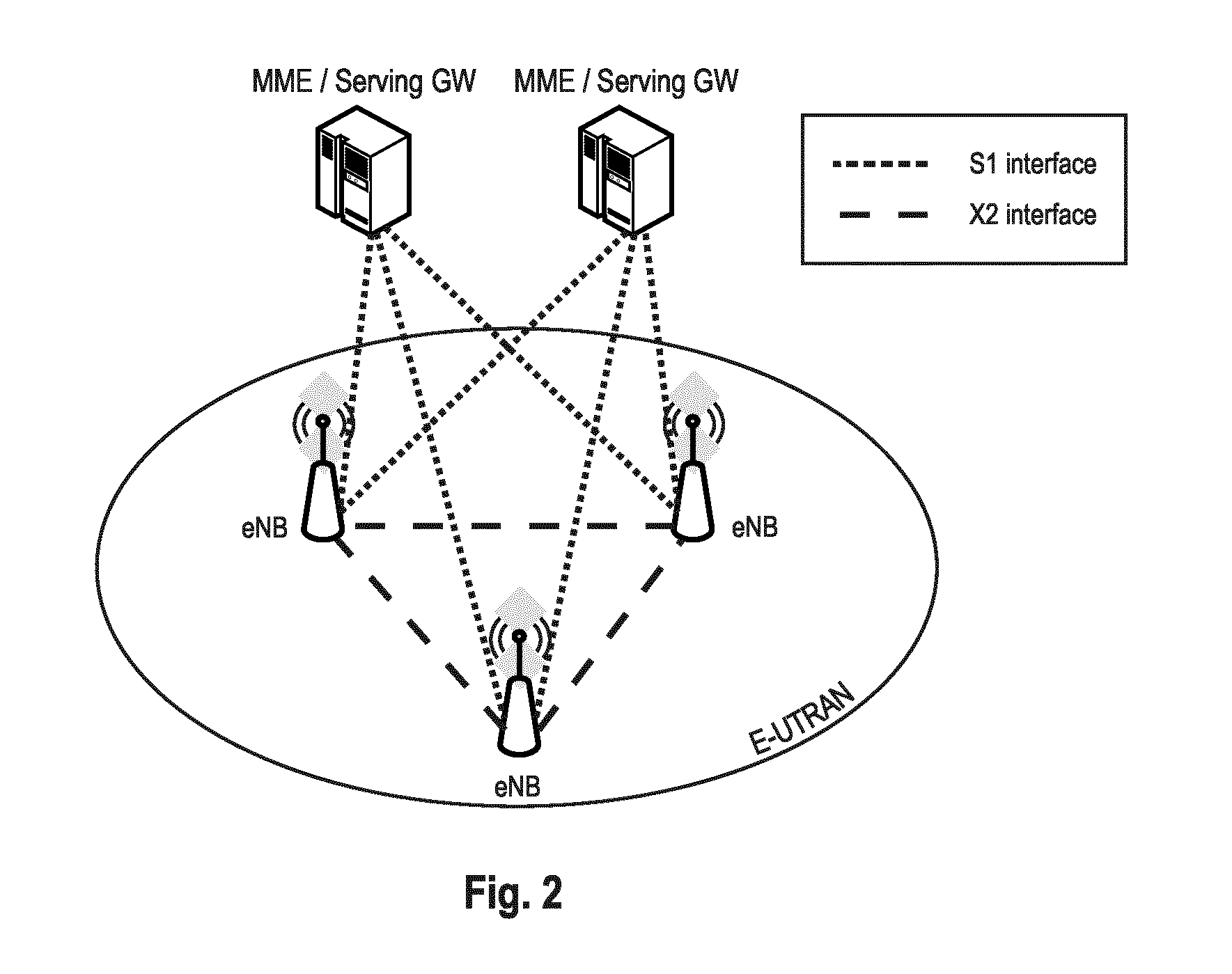Power headroom reporting for in-device coexistence interference avoidance
- Summary
- Abstract
- Description
- Claims
- Application Information
AI Technical Summary
Benefits of technology
Problems solved by technology
Method used
Image
Examples
first embodiment
[0258]It is apparent from the above discussion with respect to FIG. 17, that, according to a variation to the first embodiment, in case of reporting uplink carrier specific power management related power backoff values (P-MPRc), all above described processing and calculation steps S1701, S1702a, S1703a, S1704a and S1705a can be performed separately for a specific uplink carrier. The uplink carrier is indicated via index c.
[0259]According to another variation of the first embodiment, the mobile terminal is configured to calculate the “conventional” power management related backoff value (P-MPR) and an “additional” IDC related power backoff value (P-MPRIDC). This variation ensures that only power reductions for in-device coexistence interference avoidance is accounted for in the PCMAX calculation.
[0260]Exemplary, the “conventional” power backoff value (P-MPR) may reflect the maximum output power level for the LTE UL transmitter in order to meet Specific Absorption Rate (SAR) requireme...
second embodiment
[0276]In summary, by the mobile terminal setting MPR, A-MPR and ΔTc to zero dB for the Pcmax information included in the in-device coexistence problem indication message, it is ensured that base station is provided with information on the used P-MPR value and may use this information for a proper uplink scheduling. Accordingly, it is also the approach of the second embodiment to set MPR, A-MPR, ΔTc to zero dB for the calculation of Pcmax, such that Pcmax accounts only for power reductions due to P-MPR.
[0277]According to another variation of the second embodiment, the mobile terminal is configured to calculate the “conventional” power management related backoff value (P-MPR) and an “additional” IDC related power backoff value (P-MPRIDC). This variation ensures that only power reductions for in-device coexistence interference avoidance is accounted for in the PCMAX calculation.
[0278]Specifically, the mobile terminal performs the same calculations for the upper and lower bounds of a ma...
PUM
 Login to View More
Login to View More Abstract
Description
Claims
Application Information
 Login to View More
Login to View More - R&D
- Intellectual Property
- Life Sciences
- Materials
- Tech Scout
- Unparalleled Data Quality
- Higher Quality Content
- 60% Fewer Hallucinations
Browse by: Latest US Patents, China's latest patents, Technical Efficacy Thesaurus, Application Domain, Technology Topic, Popular Technical Reports.
© 2025 PatSnap. All rights reserved.Legal|Privacy policy|Modern Slavery Act Transparency Statement|Sitemap|About US| Contact US: help@patsnap.com



